There’s nothing quite as frustrating as pulling out a pile of damp clothes after what should have been a full drying cycle. If your dryer seems to be taking longer than usual to get your laundry dry, you’re not alone—many households encounter this problem sooner or later. While a slow dryer can be a sign of a serious issue, more often than not, the root cause is a simple fix. This article explores the most common reasons dryers struggle to dry clothes efficiently and offers practical troubleshooting tips. By the end, you’ll have a clearer idea of what might be wrong—and when it’s best to call in professional help.
1. Overloading the Dryer
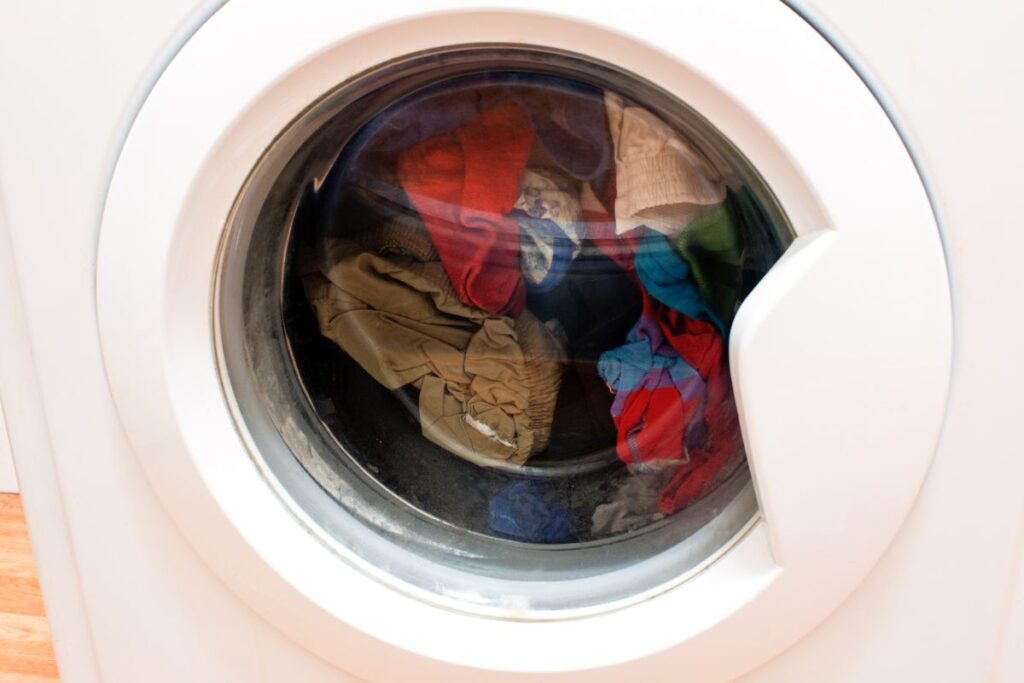
Let’s start with something surprisingly common: loading too many clothes at once. Cramming your dryer to the brim may seem like a time-saver, but it usually has the opposite effect. When clothes are packed in too tightly, air circulation suffers, and the hot air can’t effectively reach every item. This leads to longer drying times and unevenly dried laundry.
Solution: Try running smaller loads and leave enough space for clothes to tumble freely. You’ll likely notice a significant improvement.
2. Clogged Lint Trap or Exhaust Vent
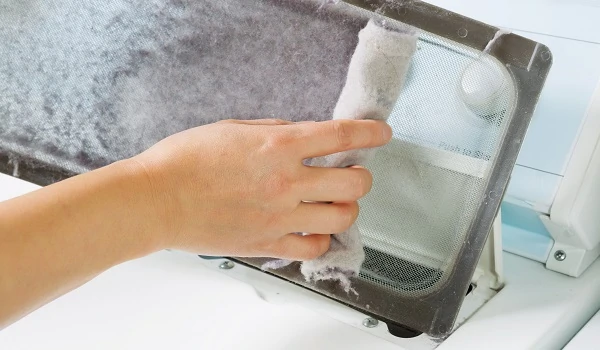
Dryers rely on proper airflow to remove moisture. When the lint trap or exhaust vent becomes clogged, airflow is restricted, causing the appliance to work harder and take longer to do its job. Not only does this slow down drying, but it also poses a serious fire hazard.
Solution: After every load, remove lint from the filter. At least once every few months, clean the entire vent system, from the lint trap to the external vent outside your home. If you notice little to no air blowing outside when the dryer runs, it’s time for a deep clean.
3. Dirty or Damaged Dryer Drum
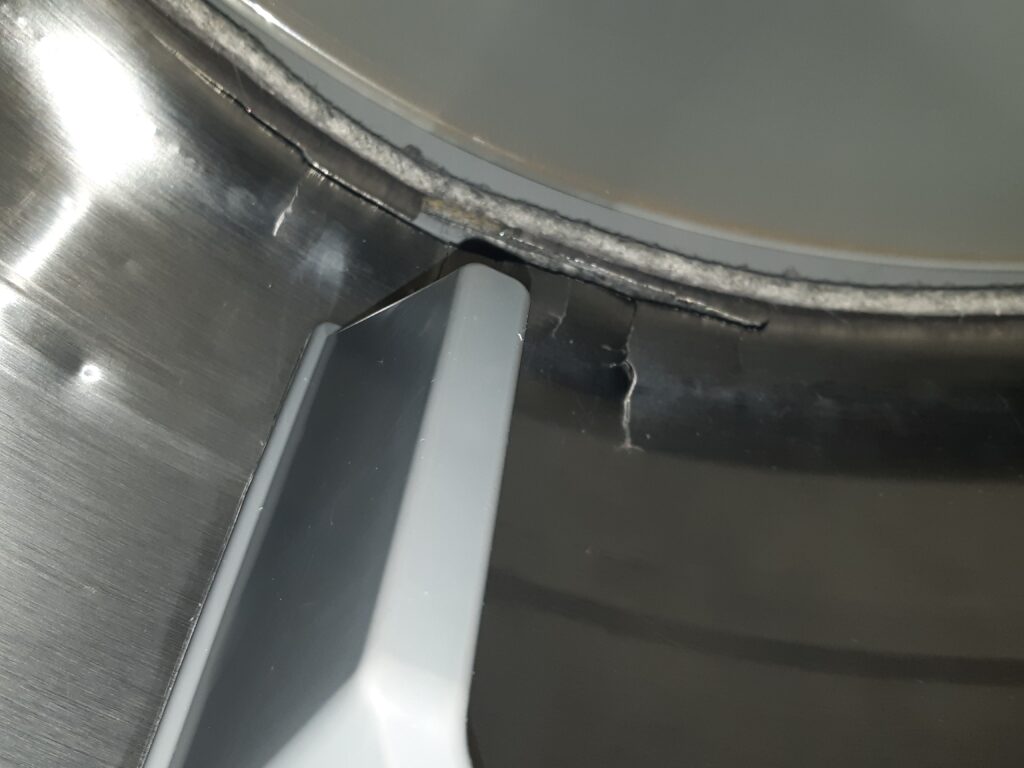
While less common, a buildup of fabric softener residue or debris on the drum itself can also slow drying. In some cases, if the drum is damaged or the seals are worn, hot air may escape, making the appliance less efficient.
Solution: Wipe down the drum with a mild soap solution every so often. If you suspect damage, consult your owner’s manual or call a technician for an inspection.
4. Faulty Heating Element
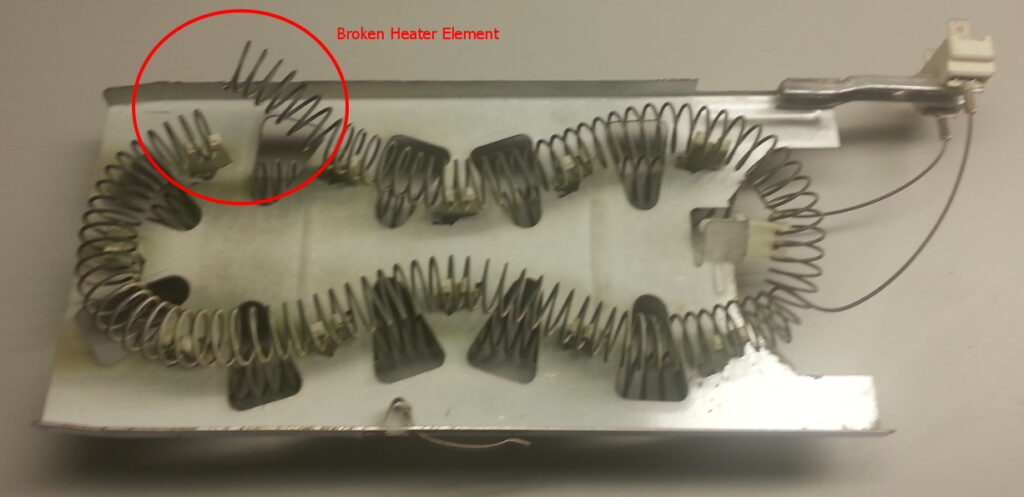
If your dryer isn’t generating enough heat, clothes will naturally take longer to dry. A worn-out or malfunctioning heating element is a likely culprit—especially in electric dryers. Sometimes, you’ll notice that the dryer feels cooler than normal, or that cycles finish without the usual warmth.
Solution: If you suspect the heating element, test it for continuity using a multimeter, or have a professional appliance technician check it. Replacing a faulty element is usually a straightforward fix for a qualified pro.
5. Improper Dryer Installation or Ductwork
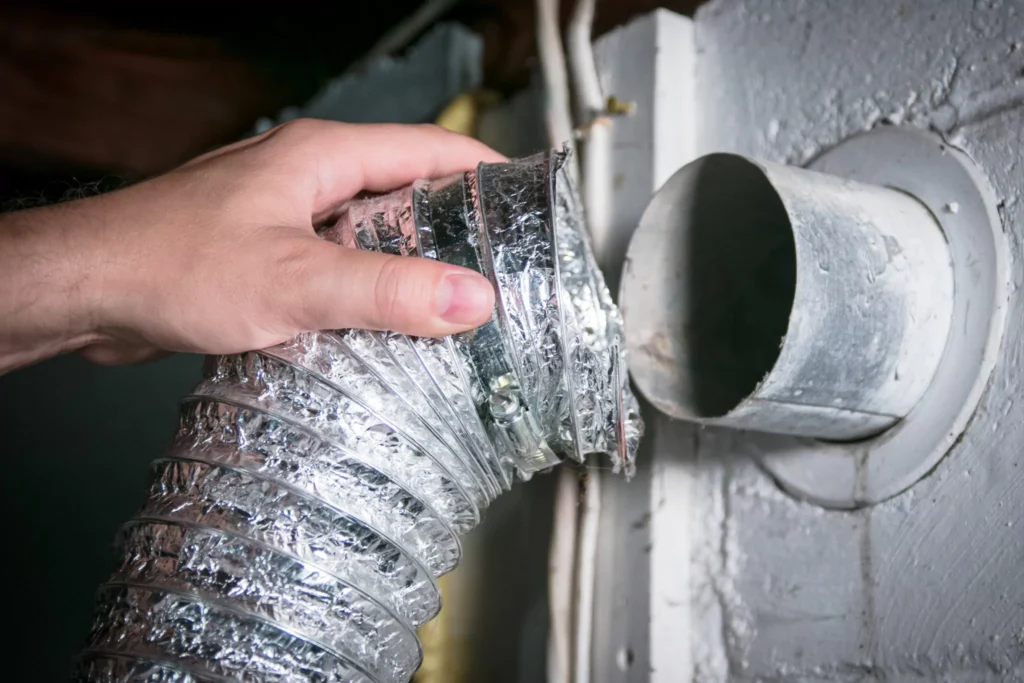
Believe it or not, the way your dryer is installed can have a huge impact on its performance. Long, twisted, or poorly connected ductwork increases resistance and traps moist air, dragging out the drying process. Similarly, using the wrong vent materials or having kinks in the hose can restrict airflow.
Solution: Keep your dryer as close to an exterior wall as possible and use rigid or semi-rigid metal ducting. Ensure there are no unnecessary bends or crimps. Reroute the vent if necessary.
6. Washing Machine Issues
Odd as it sounds, the problem may start before you even transfer clothes to the dryer. Washing machines that don’t spin clothes dry enough leave excess water, which the dryer then has to evaporate. This means longer drying times.
Solution: Run an extra spin cycle if your washer leaves clothes dripping wet. If your washing machine isn’t spinning effectively, it may need maintenance, too.
7. Environmental Factors
Sometimes, the issue isn’t with the machine itself, but with where and how it’s being used. High humidity, cold spaces (like a basement), or insufficient power supply can all slow down drying.
Solution: Consider running a dehumidifier in especially damp laundry rooms. Make sure your dryer is plugged into the correct outlet and that the circuit isn’t overloaded.
When to Call a Professional
If you’ve run through the basic checks—clearing vents, reducing load size, and inspecting the drum—and your dryer is still taking forever, it might be time to bring in the experts. Some issues, like faulty thermostats, sensors, or circuit boards, require specialized knowledge and tools. Attempting to repair these yourself can be risky and might void your warranty.
If you couldn’t fix it yourself, contact us and we will fix it. Our experienced technicians can diagnose the issue quickly and get your dryer running efficiently again, so you can stop waiting around for dry clothes.

